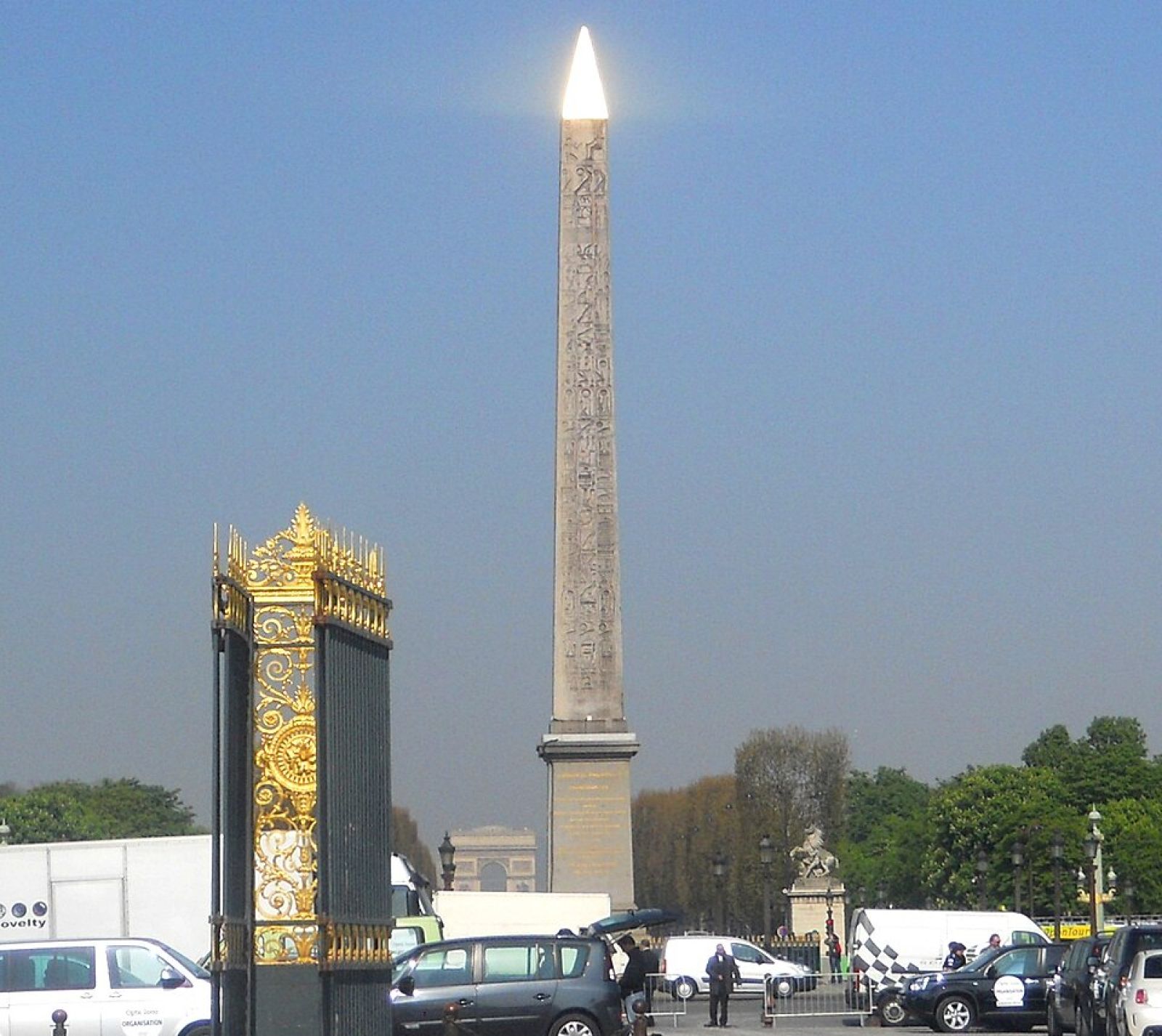The Luxor Obelisk in Paris reveals hidden messages 🔑
Follow us on Google News (click on ☆)
Jean-Guillaume Olette-Pelletier, an Egyptologist at the Catholic Institute of Paris, closely studied the obelisk during restoration work in 2021. He discovered inscriptions that, according to him, were designed to be seen by Egyptian nobles as they passed by boat on the Nile, thereby reinforcing Ramses II's divine authority.
The hieroglyphs also mention Amun, the principal god of Thebes, and Horus, son of Osiris and Isis. These inscriptions, located near the top of the obelisk, were likely intended to be seen during the Opet festival, an annual event in honor of Amun.
Olette-Pelletier suggests that some inscriptions can be read differently depending on the direction, revealing hidden messages such as Ramses II's full name or claims about his immortality. These discoveries could provide new insights into the propaganda techniques used by the pharaohs.
However, some experts, such as Filip Taterka from the Polish Academy of Sciences, express reservations. They point out that the visibility of these inscriptions from the Nile remains to be demonstrated, pending the detailed publication of the research.
Olette-Pelletier's work will be published in the journal Égypte Nilotique et Méditerranéenne, providing a solid foundation for further analysis. This study could enhance our understanding of political communication in ancient Egypt.
The obelisk, gifted to France in 1830 by Egypt, continues to be studied. These new interpretations open up fresh perspectives on its role in ancient Egypt.
How did hieroglyphs serve as political propaganda?
Hieroglyphs were not just a writing system but also a propaganda tool. Pharaohs used them to legitimize their power by asserting their divine connection with the gods. These inscriptions, often placed in strategic locations, were intended to be seen by the elite, thereby reinforcing their authority.
The complexity of hieroglyphs also allowed for multiple encoded messages, accessible only to those who fully mastered this writing. This created a clear distinction between the educated elite and the rest of the population.
Finally, religious festivals, such as the Opet festival, were ideal occasions to disseminate these messages. The processions and ceremonies attracted large crowds, including members of the nobility, who could thus be impressed by the pharaoh's grandeur.
What was the role of obelisks in ancient Egypt?
Obelisks were symbolic monuments, often erected in front of temples to honor the gods. They represented a link between earth and sky, materializing the divine presence among humans. Their height and pointed shape symbolized the sun's rays.
These monuments were also privileged supports for hieroglyphic inscriptions. The texts engraved on their faces recounted the pharaohs' exploits and their relationships with the gods, thereby serving to immortalize their reign.
Finally, obelisks had a political function. Their relocation or gifting to other nations was a diplomatic act, as evidenced by the obelisk in Place de la Concorde, gifted to France by Egypt.
